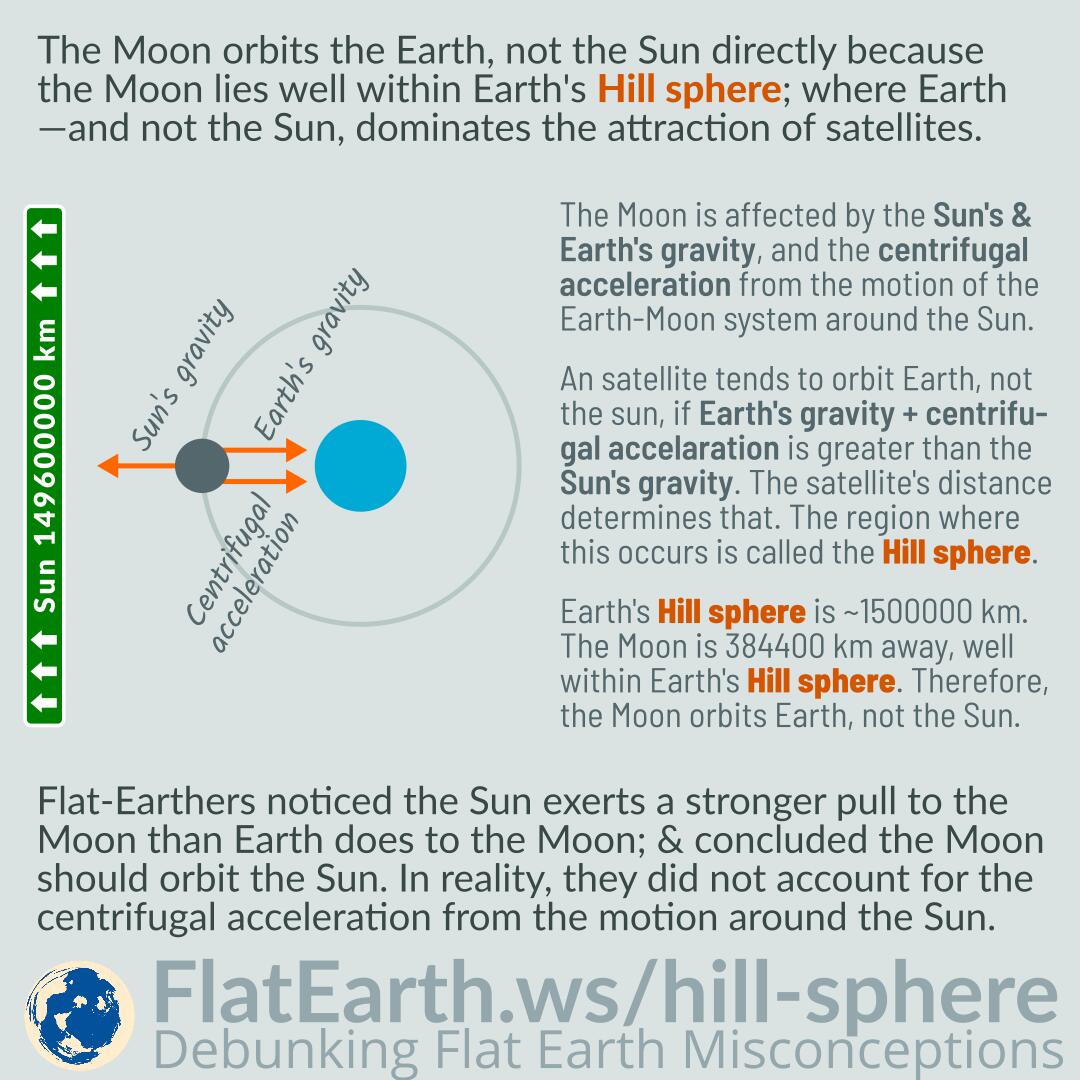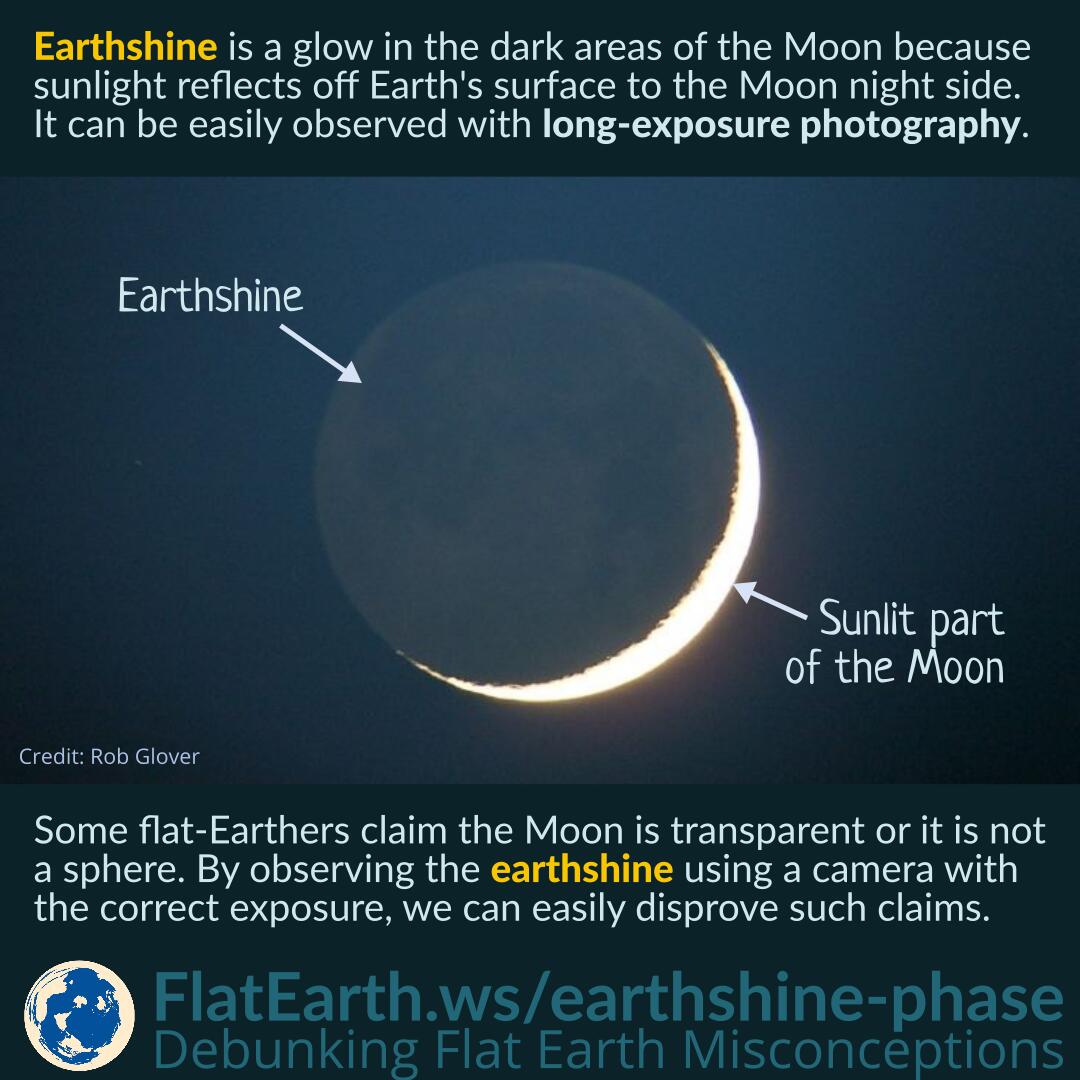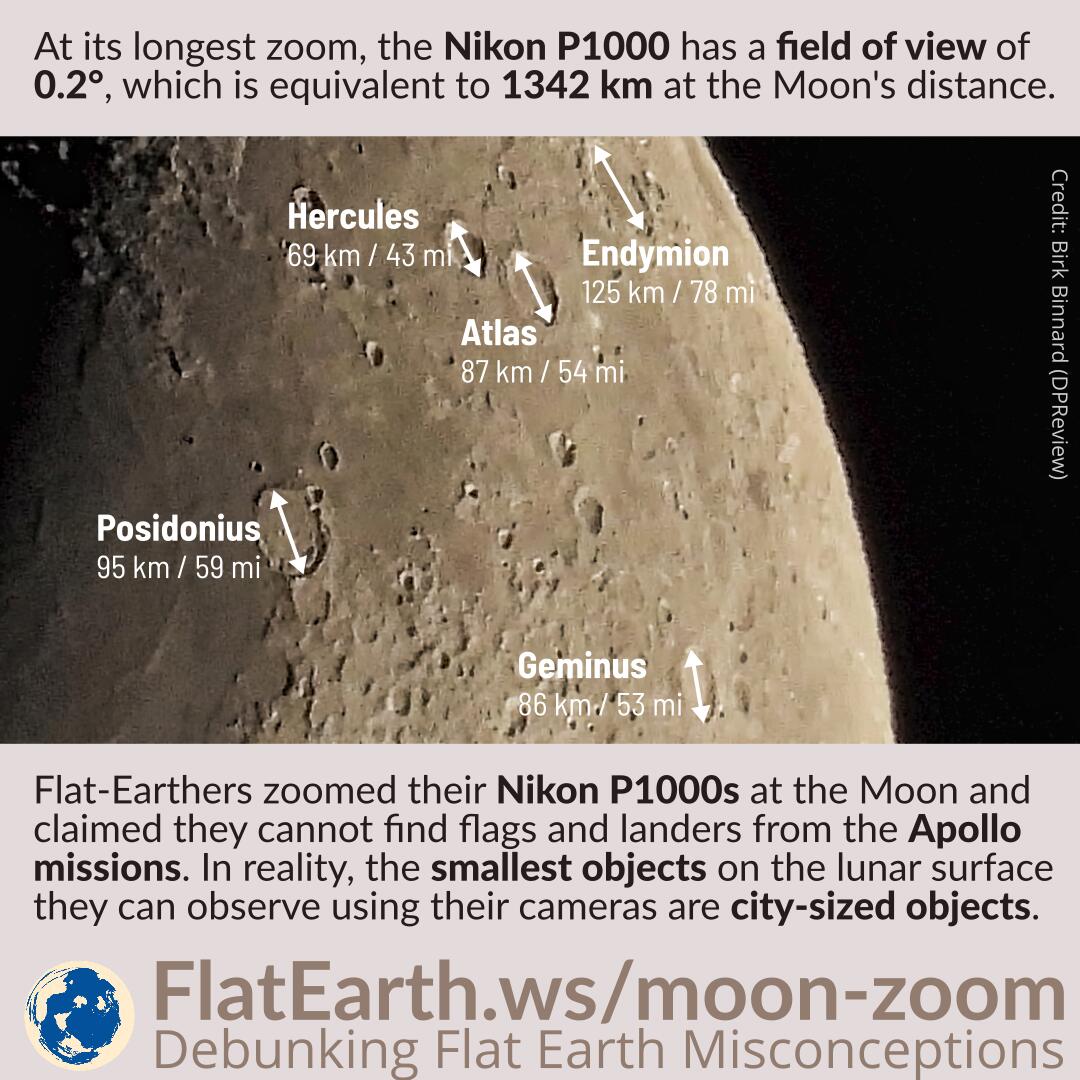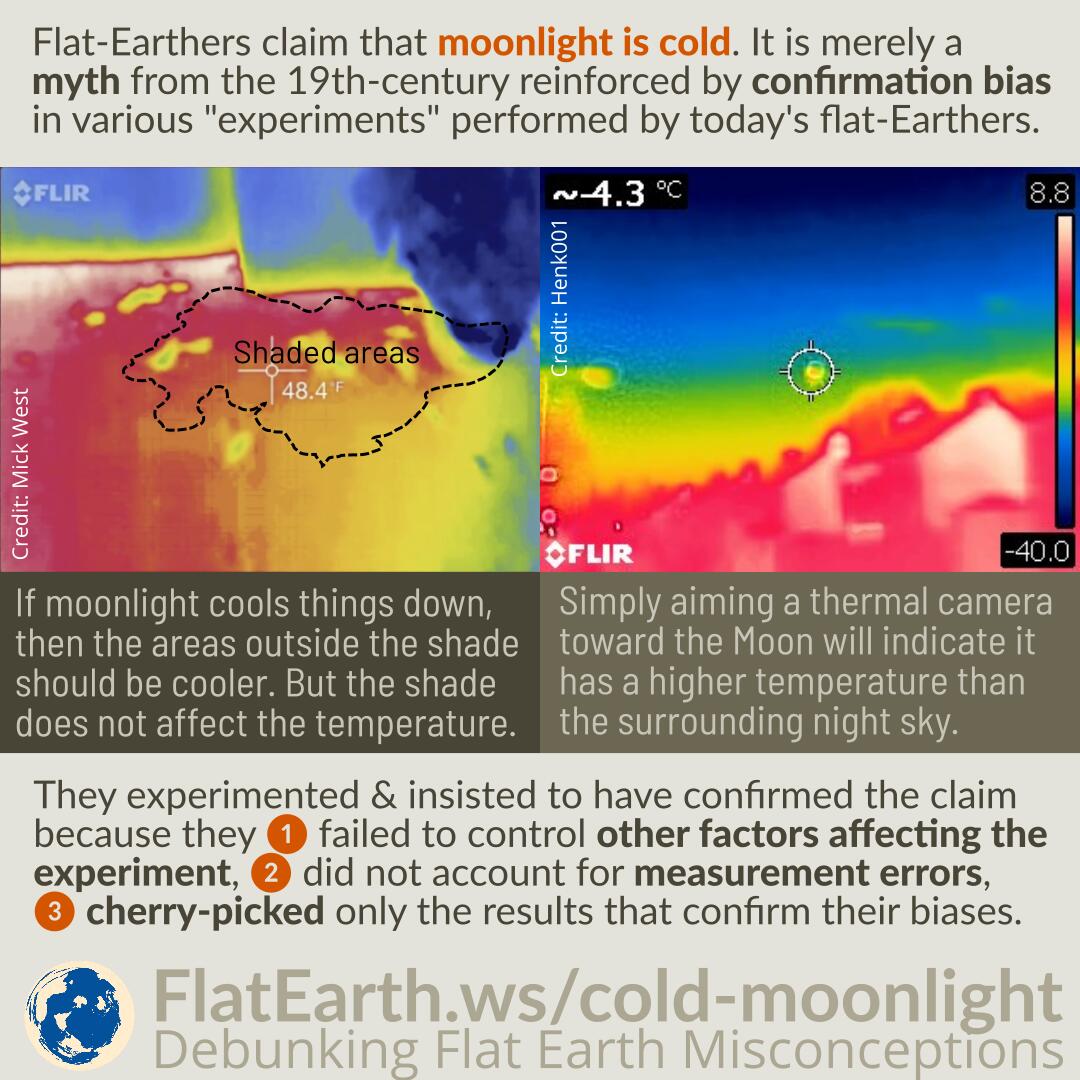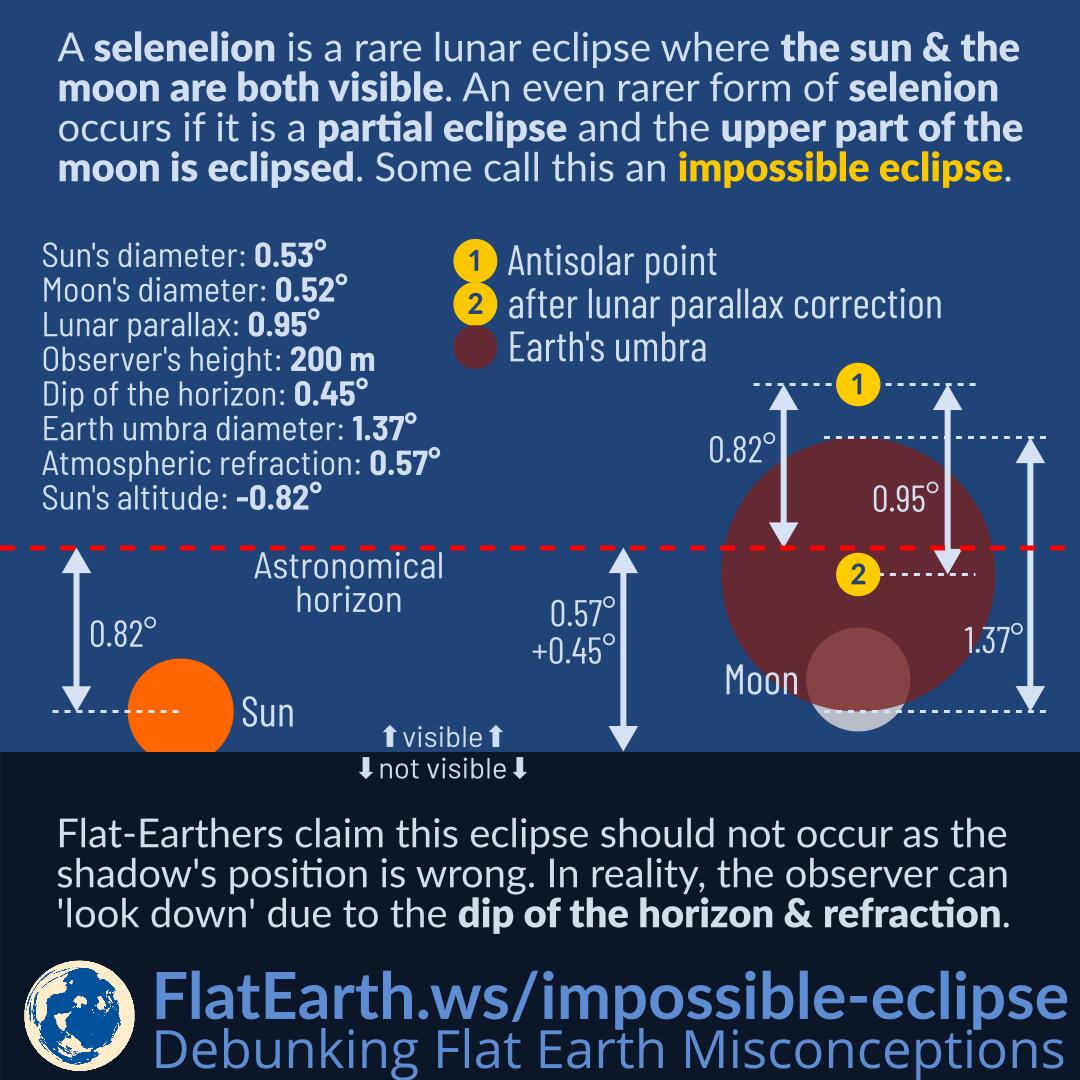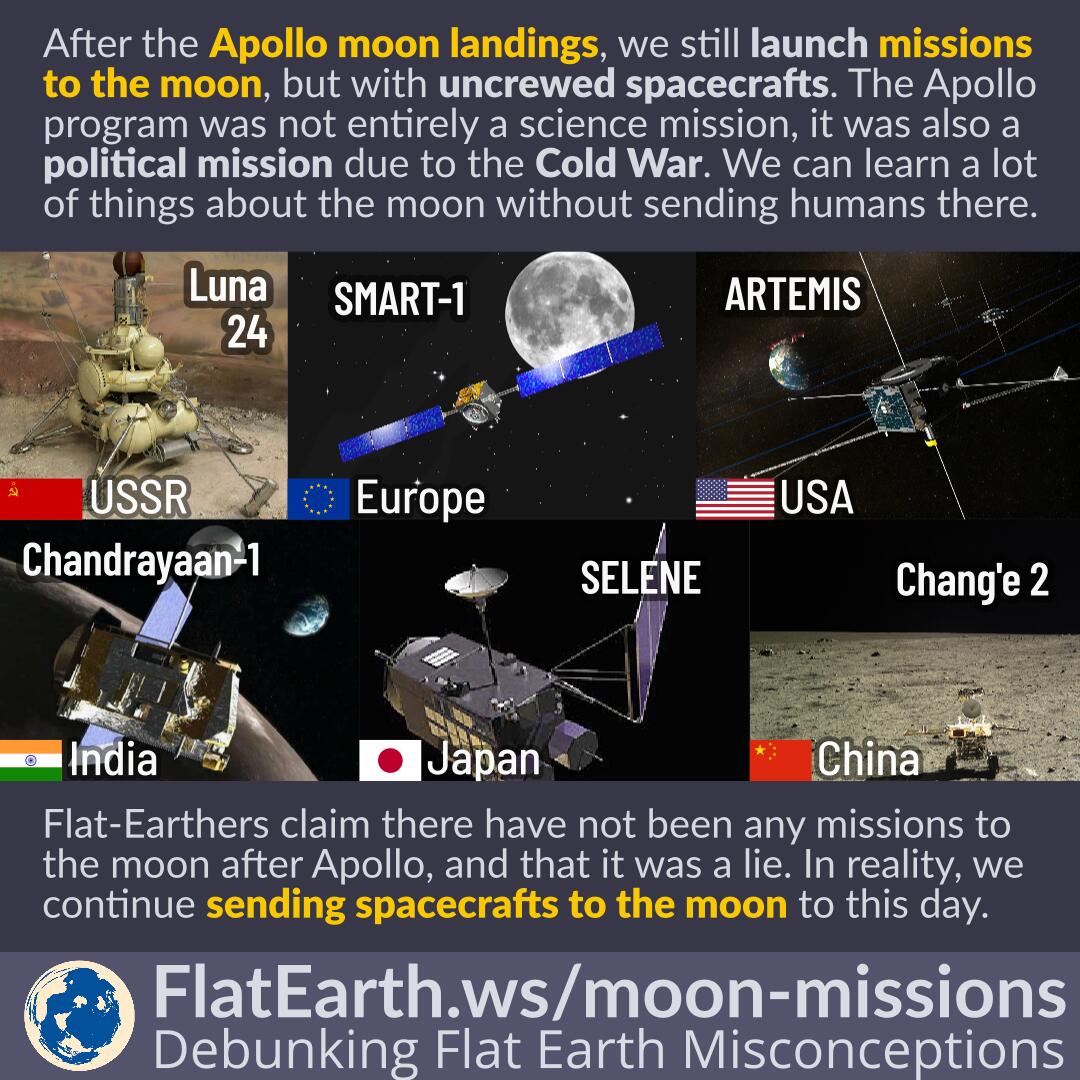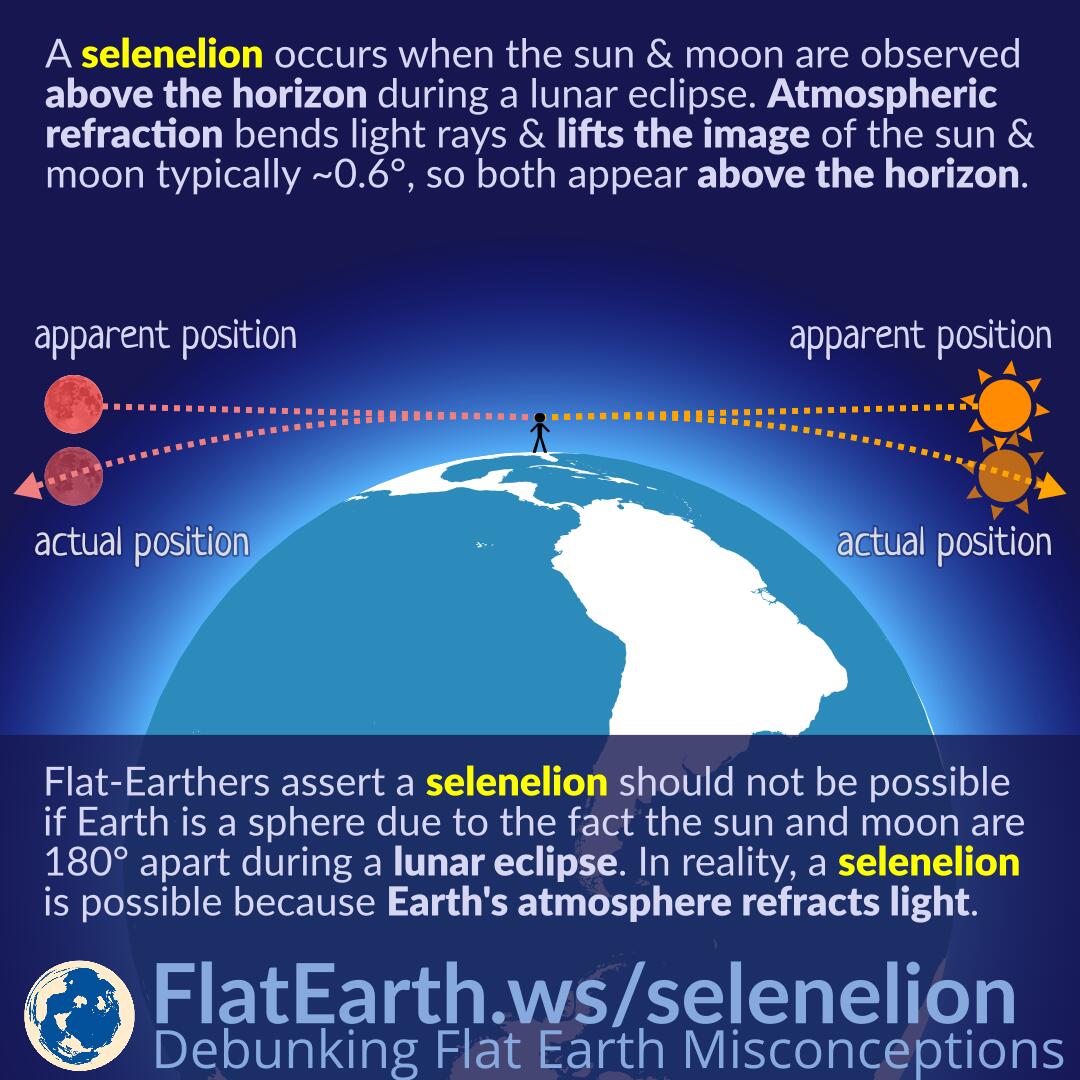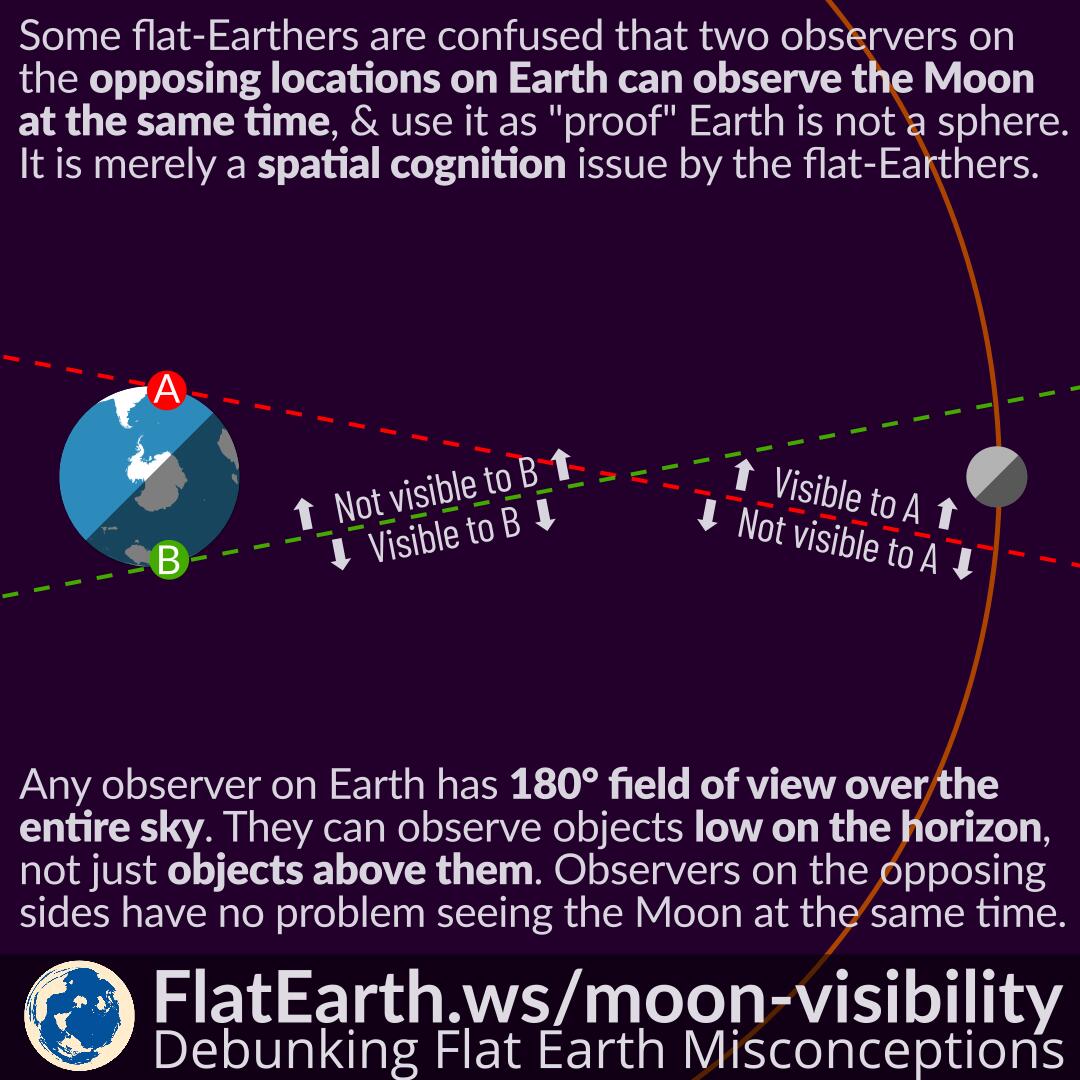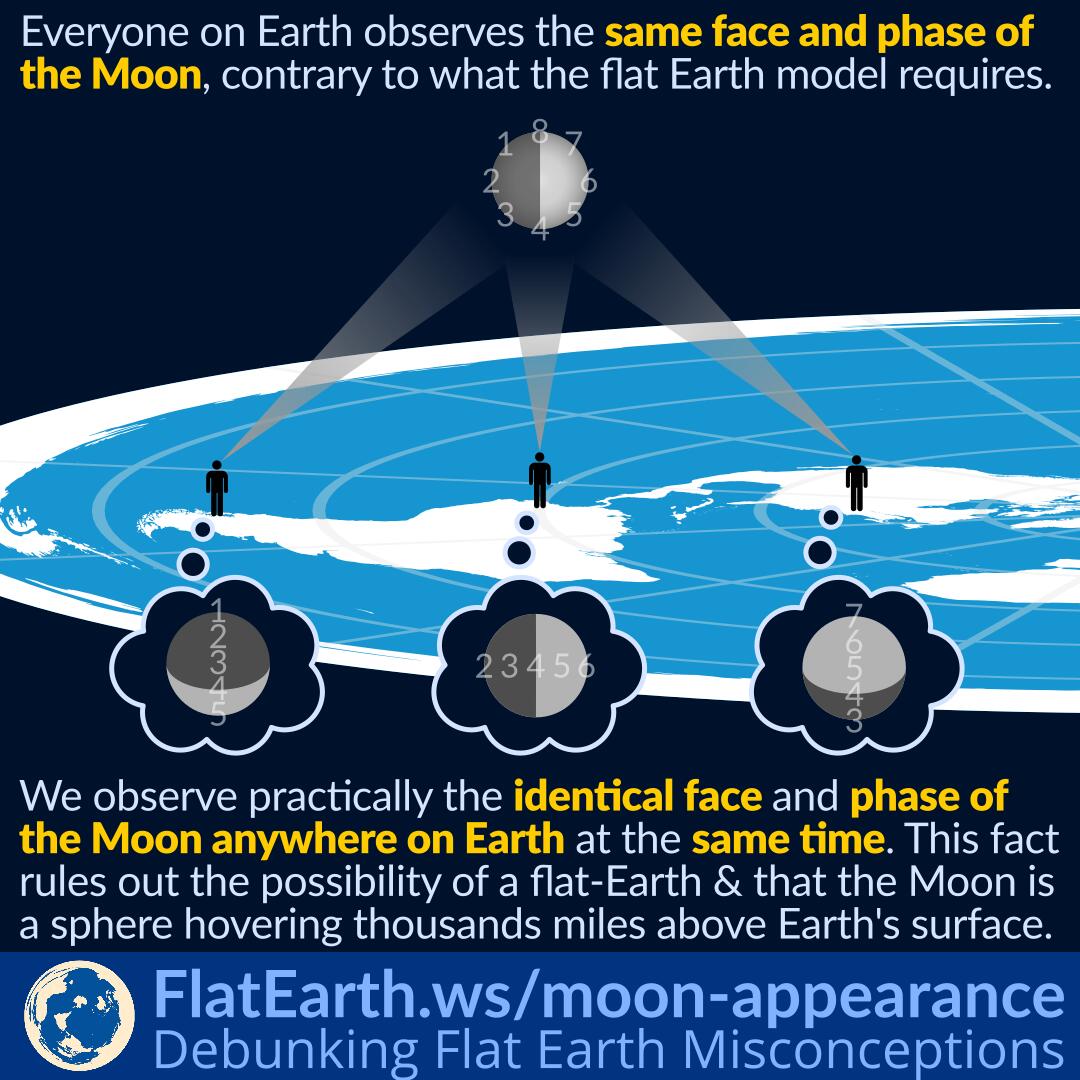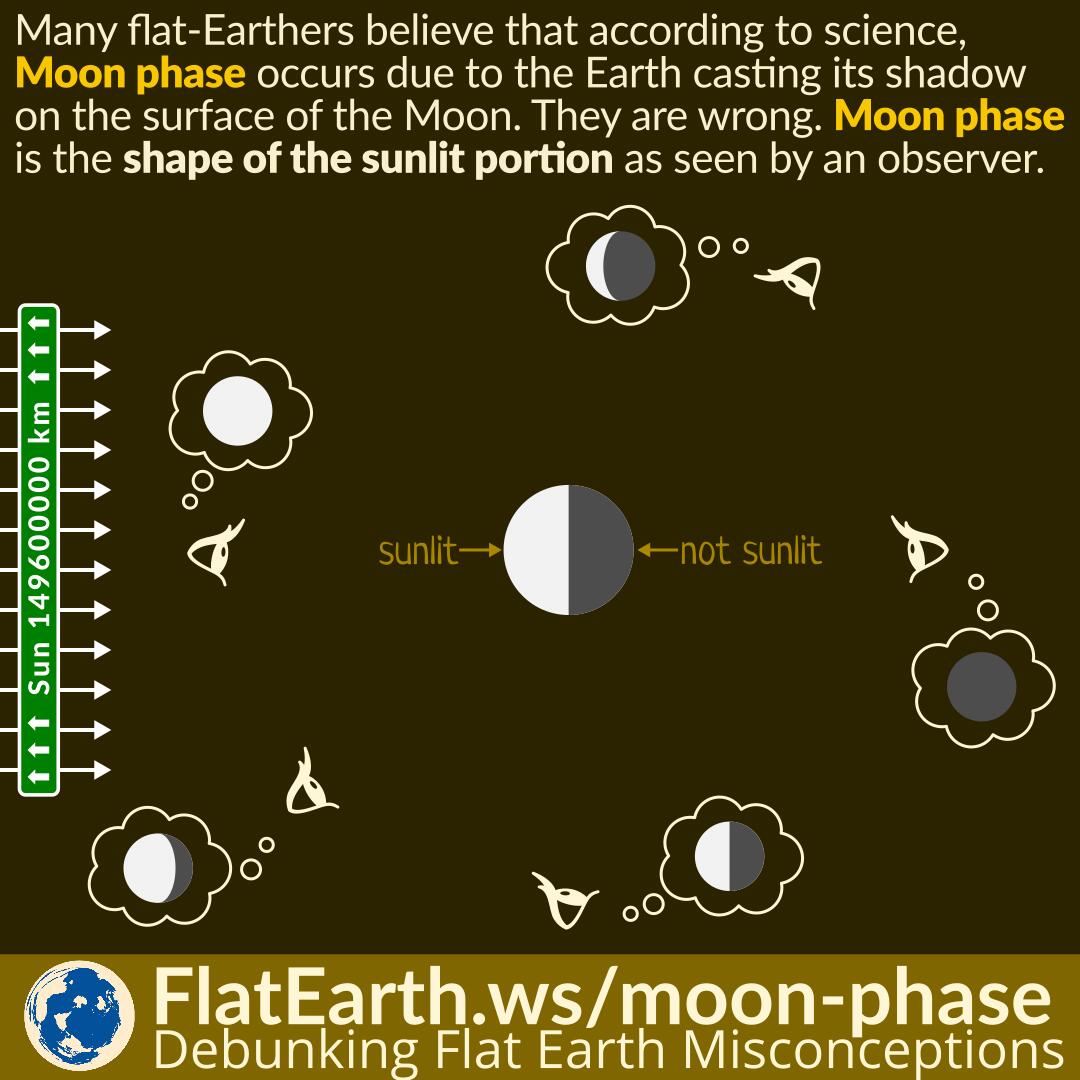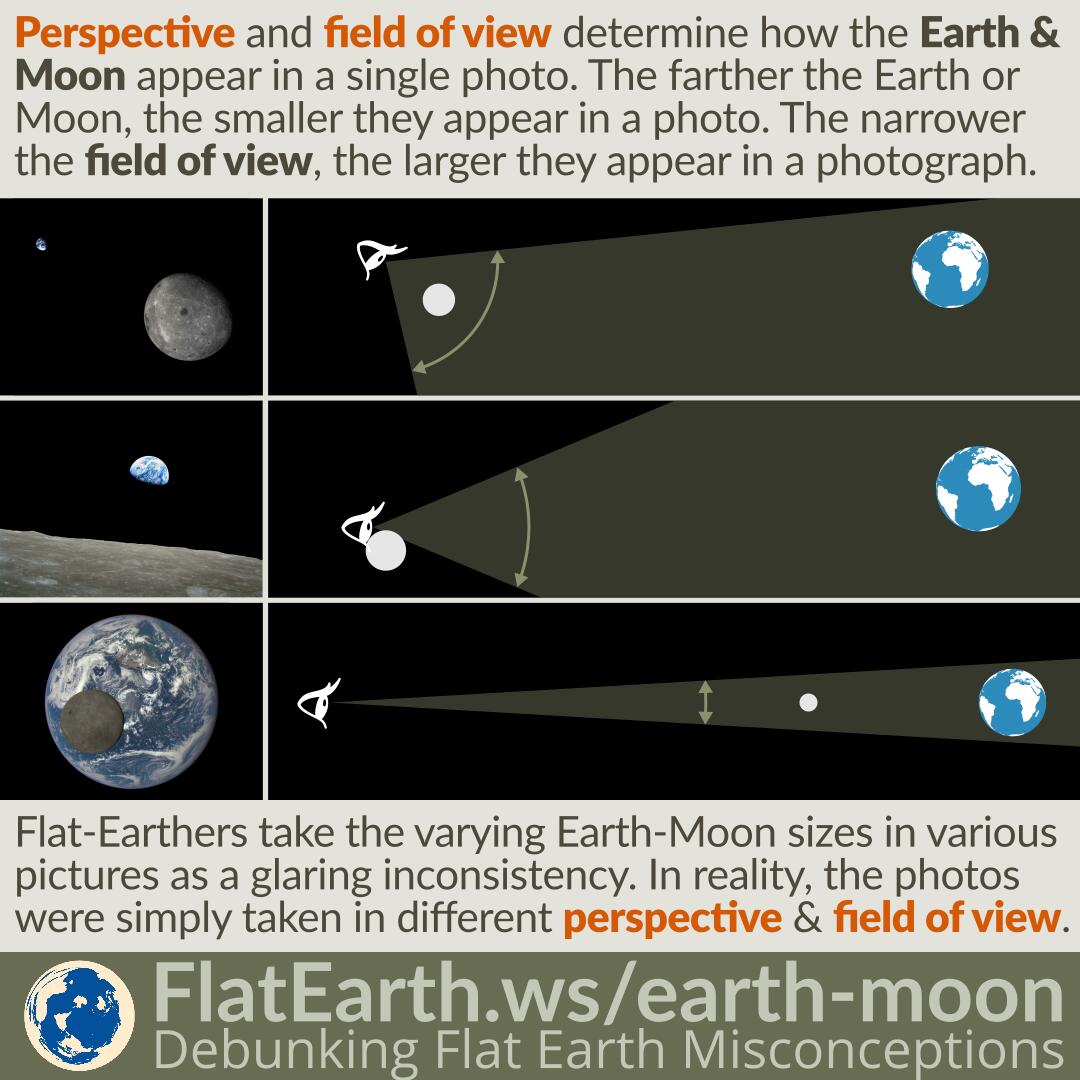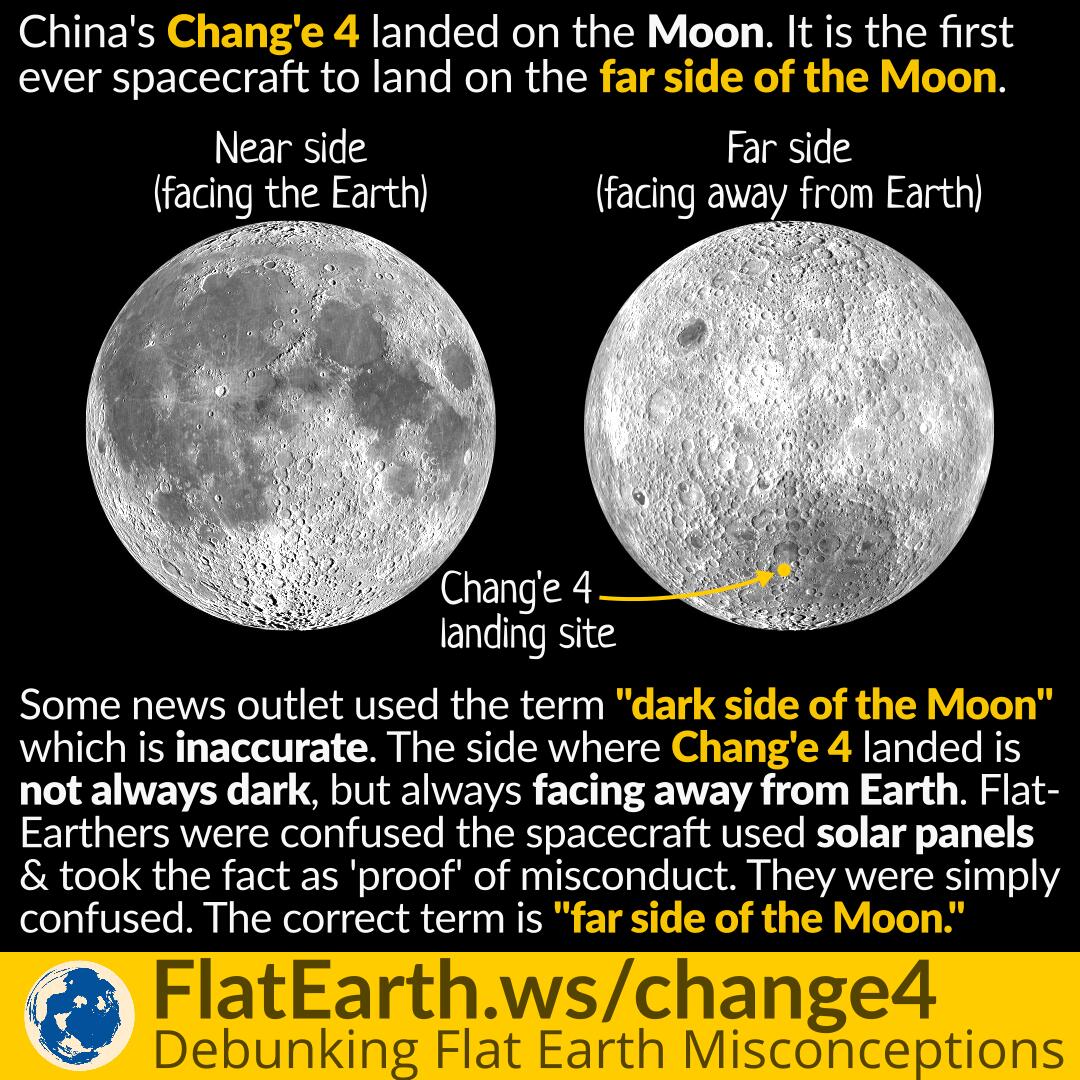The Lunar Reconnaissance Orbiter (LRO) is a spacecraft orbiting the Moon. It is equipped with a high-resolution camera that has captured photographs of Apollo landing sites.
We often observe flat-Earthers demanding NASA to prove the Apollo missions with recent photos of the landing sites, and NASA has provided just that. However, this too will not be enough for them to accept that the Apollo missions did occur.
Continue reading “Images of the Apollo Moon Landing Sites Taken By LRO”



